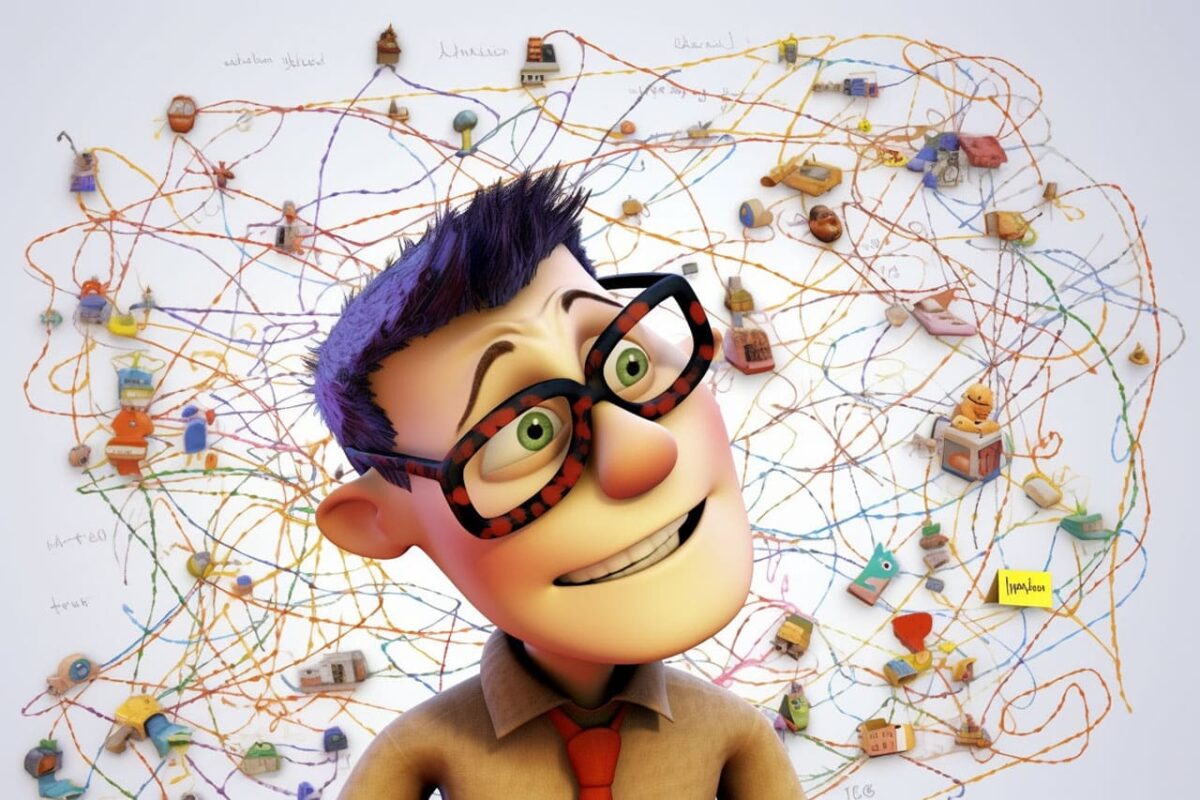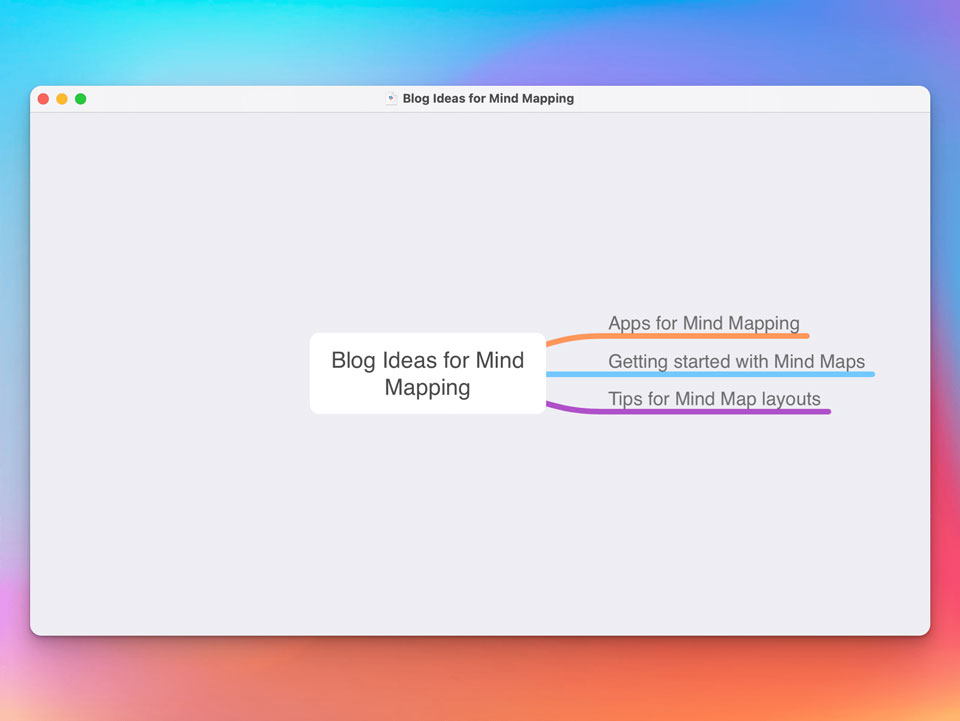Mind mapping is a powerful tool that can help students learn and remember complex information more effectively. By creating visual representations of concepts and ideas, mind mapping can help students organize their thoughts, identify connections between different topics, and improve their memory retention. In this article, we’ll explore tips and techniques for using mind mapping for studying and better learning.
Getting Started with Mind Mapping for Studying
Before you start mind mapping for studying, it’s important to understand the basic principles of this technique. Mind mapping involves creating a visual representation of your ideas, using keywords, images, and colors to connect concepts and sub-concepts. Here are some tips for getting started with mind mapping for studying:
Choose a central topic
Choose a central topic for your mind map that summarizes the main theme or subject you’re studying. This will serve as the starting point for your map and help you organize your ideas effectively.
Use keywords and short phrases
Use keywords and short phrases to represent your ideas, rather than full sentences or paragraphs. This will make it easier to organize your ideas and see the relationships between them.
Use images and symbols
Use images and symbols to represent your ideas and make them more memorable. This can help you recall your ideas more easily and make connections between different topics.
Use color coding
Use color coding to group related ideas and make it easier to navigate your mind map. For example, you could use one color for main topics, another color for subtopics, and another color for supporting details.
Tips for Effective Mind Mapping for Studying
Here are some tips for using mind mapping for studying more effectively:
Start with a clear objective
Before you start mind mapping for studying, it’s important to have a clear objective in mind. Ask yourself what you want to achieve with your mind map and what specific topics or concepts you need to cover.
Organize your ideas
Organize your ideas into categories or groups, using hierarchy and structure to create a logical flow. This will help you see the relationships between different ideas and make it easier to remember them.
Use visual cues
Use visual cues such as images, symbols, and colors to represent your ideas and make them more memorable. This can help you recall your ideas more easily and make connections between different topics.
Review and revise
Review and revise your mind map regularly to ensure that you’re on track and making progress towards your learning objectives. Add new ideas or information as they arise, and revise your mind map as needed to reflect changes in your thinking or understanding.
How to Use Mind Mapping for Studying
Here’s a step-by-step guide to using mind mapping for studying:
Step 1: Choose a central topic
Choose a central topic that summarizes the main theme or subject you’re studying. Write it down in the center of your mind map.
Step 2: Brainstorm subtopics
Brainstorm subtopics or categories related to the central topic, and write them down as branches on your mind map. Use keywords or short phrases to describe each subtopic.
Step 3: Add supporting details
Add supporting details or examples to each subtopic, and write them down as sub-branches on your mind map. Use keywords or short phrases to describe each detail or example.
Step 4: Use visual cues
Use visual cues such as images, symbols, and colors to represent your ideas and make them more memorable. This can help you recall your ideas more easily and make connections between different topics.
Step 5: Review and revise
Review and revise your mind map regularly to ensure that you’re on track and making progress towards your learning objectives. Add new ideas or information as they arise, and revise your mind map as needed to
reflect changes in your thinking or understanding.
Mind Mapping Tools for Studying
There are several mind mapping tools available to help students create effective mind maps for studying. Here are some of the most popular ones:
MindMeister
MindMeister is a cloud-based mind mapping tool that allows students to create and collaborate on mind maps with others in real-time. It offers a variety of features, including templates, themes, and integration with other tools such as Google Drive and Dropbox.
XMind
XMind is a desktop-based mind mapping tool that offers a range of features, including templates, themes, and integration with other tools such as Evernote and Microsoft Office. It also allows students to export their mind maps in various formats, such as PDF, Word, and PowerPoint.
Coggle
Coggle is a web-based mind mapping tool that offers a simple and intuitive interface. It allows students to create and collaborate on mind maps with others in real-time, and offers a range of features such as templates, themes, and integration with other tools such as Google Drive and Dropbox.
SimpleMind
SimpleMind is a mobile and desktop-based mind mapping tool that offers a variety of features, including templates, themes, and integration with other tools such as Google Drive and Dropbox. It also allows students to export their mind maps in various formats, such as PDF, Word, and PowerPoint.
Conclusion
Mind mapping is a powerful tool for studying and learning, allowing students to organize their thoughts, identify connections between different topics, and improve their memory retention. By following the tips and techniques outlined in this article, students can use mind mapping to enhance their learning experience and achieve their academic goals. Remember to choose a central topic, use keywords and short phrases, use visual cues, organize your ideas, and review and revise your mind map regularly. With these best practices and mind mapping tools, students can achieve better learning outcomes and excel academically.










